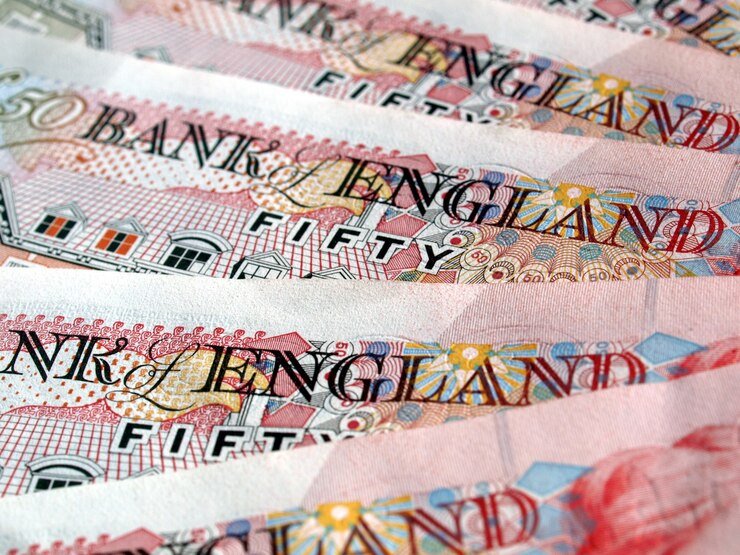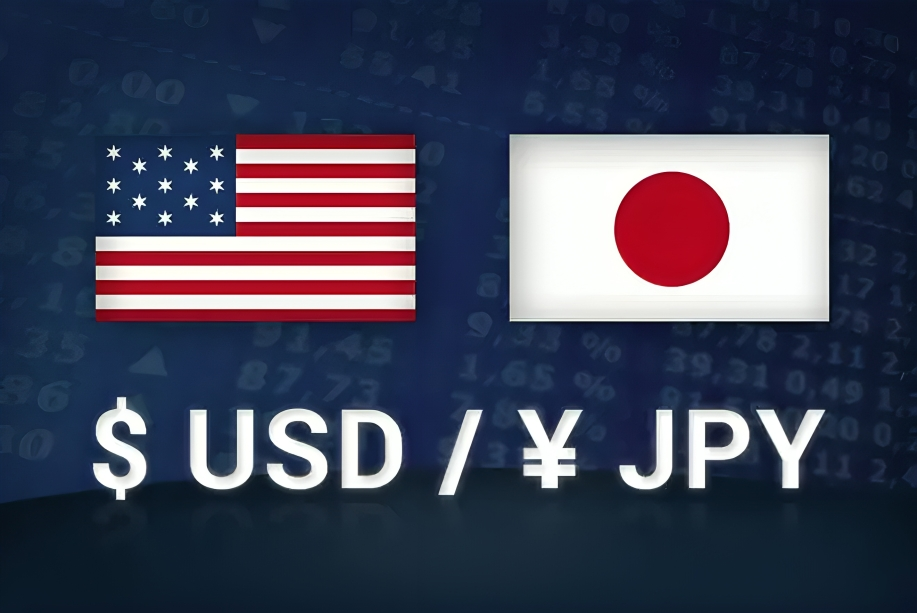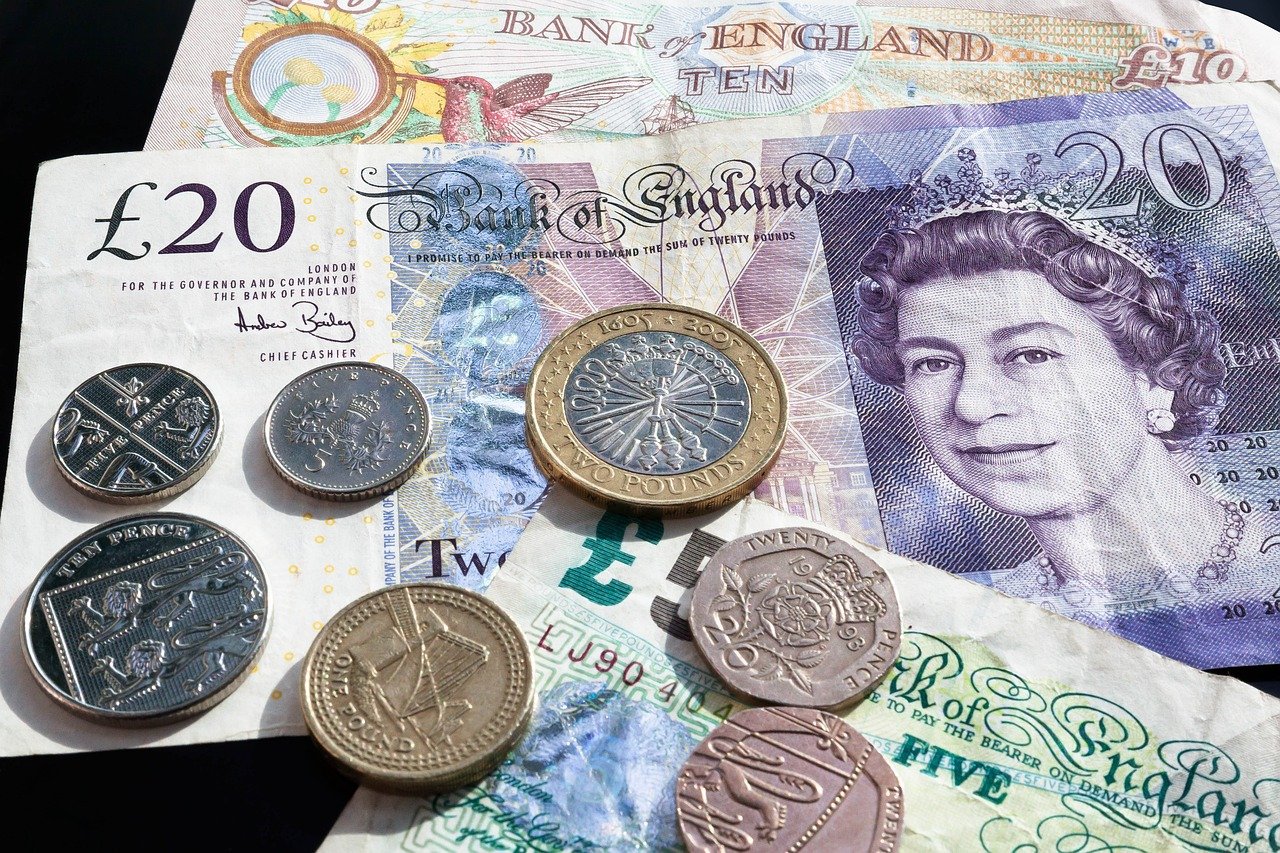GBP/USD continues to hover around 1.2450 ahead of the Federal Reserve’s policy decision, where the market is all but sure that rates will be maintained in the 4.25%-4.50% band. The Pound Sterling continues to suffer under rising stagflationary pressures in the UK, where labor demand remains weak and inflation refuses to budge. Adding to the uncertainty, renewed tariff threats by US President Donald Trump on key imports including computer chips and metals have seen an uptrend of risk aversion. At the same time, expectations for a rate cut of 25 basis points by Bank of England in February increase pressure on the British Pound. Investors are closely watching Fed Chair Jerome Powell’s remarks for clues on future monetary policy, while UK Prime Minister Keir Starmer remains optimistic about economic recovery and stronger US-UK trade ties.
KEY LOOKOUTS
• Markets anticipate the Fed will maintain rates at 4.25%-4.50%. Traders will closely analyze Fed Chair Jerome Powell’s remarks for any signals on future monetary policy shifts.
• Deteriorating demand for labor and runaway inflation create fears of stagflation in the UK, further putting on pressure to the Pound Sterling, and intensifying expectations of an interest rate cut by the Bank of England in 2025.
• President Trump’s plans to impose duties on imported components like computer chips and metals could further escalate tensions between them, increase averse sentiments towards risks, and strengthen the US Dollar against the Pound Sterling.
• Markets are factoring in a 25 basis point rate cut in February, which will bring borrowing rates to 4.5%, further hammering down GBP/USD in the face of ongoing economic uncertainty.
GBP/USD is on high alert as market participants await the Federal Reserve policy decision, in which the Fed is likely to maintain rates in the 4.25%-4.50% range. Traders will watch Fed Chairman Jerome Powell’s statements for clues on the next course of action for monetary policy. Meanwhile, the Pound Sterling underperformed with stagflation worries rising in the UK on labor demand weakness and stuck inflation leading speculators to begin expecting the Bank of England will cut the February interest rate. Also, President Donald Trump threatened higher tariffs for vital imports including computer chips and metals have amplified the risk aversion factor thereby sending the US Dollar surging ahead. Traders will pay close attention to developments in the US and the UK to get an idea of which way GBP/USD will take its next leg.
GBP/USD holds around 1.2450 ahead of Fed’s policy decision that is widely seen to leave the interest rates as is. However, the concerns over the UK’s stagflation and President Trump’s new tariff threats pressure the Pound Sterling. Investors would keenly follow Fed Chair Powell’s speech for cues on the further monetary policy measures.
• Federal Reserve would be holding onto the interest rate at 4.25% to 4.50% levels. Traders will be monitoring Jerome Powell closely for further monetary policy directions.
• Stagflationary fears creep in with soft labor demand, coupled with unrelenting inflation. The pressure mounts on the British Pound, along with increased Bank of England rate-cut expectations.
• Implications of US President Donald Trump, proposed tariffs on computer chips, pharmaceuticals, and metals that might push the trade tensions higher, a strong US Dollar, and increased risk aversion.
• A 25 basis point cut in February is already priced into markets, which could reduce the borrowing rates to 4.5% and put more pressure on the GBP/USD.
• Despite UK Prime Minister Keir Starmer’s optimism regarding economic recovery and trade ties with the US, the British Pound remains under pressure.
• The cautious Fed stance, coupled with risk aversion resulting from uncertainty in trade policy, continues to support the US Dollar and limits gains in GBP/USD.
• Investors are keeping an eye on the economic data releases, decisions of the central banks, and trade developments, as these factors will play a crucial role in determining the future movement of GBP/USD.
GBP/USD is trading steady near 1.2450 as traders await the Federal Reserve’s policy decision, with markets almost certain that interest rates will remain at 4.25%-4.50%. Investors are closely monitoring Fed Chair Jerome Powell’s speech for any signals on future monetary policy direction, which could influence the US Dollar’s strength. Meanwhile, the British Pound faces pressure due to rising concerns over stagflation in the UK, driven by weakening labor demand and persistent inflation. Expectations of a 25 basis point rate cut by the Bank of England in February weigh further on GBP/USD, as the economic outlook remains uncertain despite Prime Minister Keir Starmer’s optimism about growth and trade relations with the US.
GBP/USD Daily Chart

TradingView Prepared by ELLYANA
US President Donald Trump’s recent tariff threats on key imports, including computer chips and metals, have increased risk aversion, strengthening the US Dollar against the Pound. Any more trade tensions can keep piling pressure on global markets as investors seek the safe haven of the US Dollar. As economic uncertainty goes on, some key developments both out of the US and the UK will be followed as traders look towards the next leg in GBP/USD. Policy from central banks and trade dynamics will remain strong drivers for determining market direction.
TECHNICAL ANALYSIS
GBP/USD is still trading near 1.2450, but any selling pressure must be expected around key levels of resistance set at 1.2500 and 1.2550. On the flip side, immediate support is at 1.2400, and another stronger support area is seen closer to 1.2350. The Relative Strength Index, or RSI, is seen moving in neutral region, which also does not support the idea that it is in overbought or oversold territory. 50-day MA still remains flat, without any strong momentum, but the 200-day MA of 1.2600 does act as a longer-term resistance point. If the pair falls below 1.2400, then further falls could be possible. A breakout above 1.2500 might provide scope for further upsides. The level of price action will be watched closely because the upcoming policy decisions of Fed and BoE could create a surge in volatility.
FORECAST
If GBP/USD can hold above the 1.2450 support level and break through the key resistance at 1.2500, then bullish momentum may push the pair toward 1.2550 and 1.2600. A dovish stance from the Federal Reserve or weaker-than-expected US economic data may weaken the US Dollar, allowing the Pound Sterling to regain strength. Additionally, any positive developments regarding UK economic stability or improved trade relations with the US could provide further upside support for GBP/USD. If the Bank of England signals a more cautious approach toward rate cuts, it could also boost investor confidence in the Pound, driving the pair higher.
If GBP/USD falls below the 1.2400 support level, it could face increased selling pressure, potentially testing 1.2350 or even 1.2300. A stronger US Dollar, triggered by risk aversion, hawkish Fed commentary, or fears related to global trade tensions following President Trump’s tariff proposals, will drag GBP/USD downward. Further potential blows to Pound Sterling come in the form of stagflation worries in the UK and enhanced anticipation of an early February Bank of England interest rate cut. The US Dollar would attract more in the event that the UK economy goes worse, so a steeper drop in the GBP/USD could be in store.







